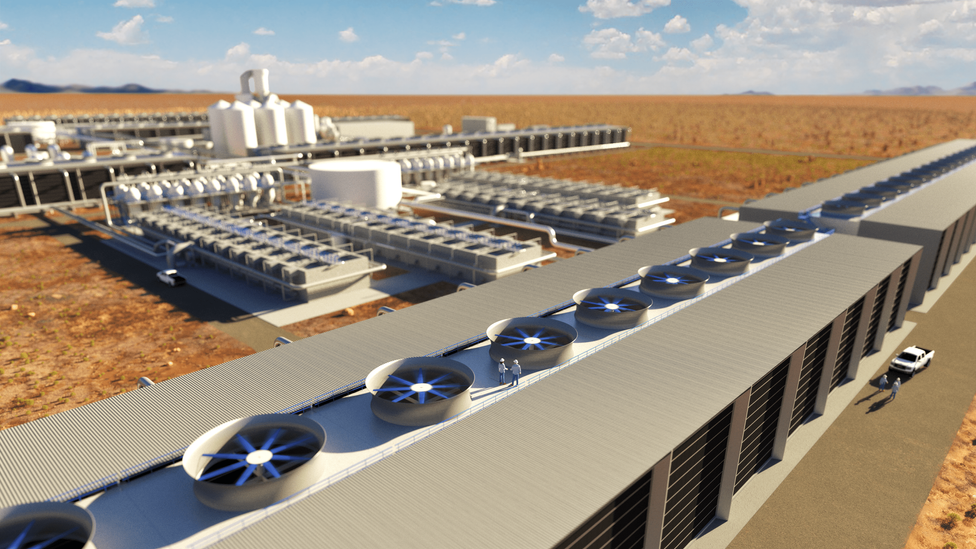Atmospheric carbon capture technologies are becoming increasingly popular as people across the world work to reduce their carbon footprint and fight climate change. These technologies work to capture carbon dioxide from the atmosphere before it enters the environment. This process helps to reduce the amount of CO2 in the atmosphere, which is a key factor in global warming.

Image Source: Google
One of the most popular atmospheric carbon capture technologies is direct air capture. This technology works by using powerful fans to draw air into a capture system, which collects the CO2 molecules and stores them. The captured CO2 is then stored in tanks and transported to an underground storage facility.
Another type of atmospheric carbon capture technology is bio-energy with carbon capture and storage (BECCS). This type of technology captures the emissions from burning biomass, such as wood, and captures the CO2 before it is released into the atmosphere. The captured CO2 is then stored underground in a secure location.
Atmospheric carbon capture technologies can have a huge impact on the environment. By reducing the amount of CO2 in the atmosphere, these technologies can help to reduce global warming and its associated effects. Additionally, by storing the CO2 underground, these technologies can keep the CO2 out of the environment, which can help to reduce the effects of climate change.
Overall, atmospheric carbon capture technologies are becoming increasingly popular as people take steps to reduce their carbon footprint and fight climate change. These technologies can have a significant impact on the environment and can help to reduce global warming and its associated effects.
